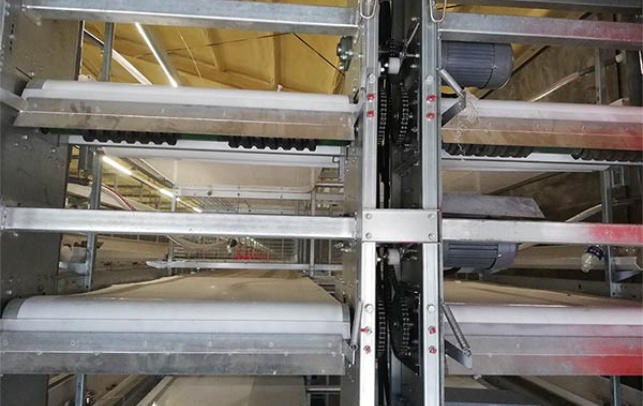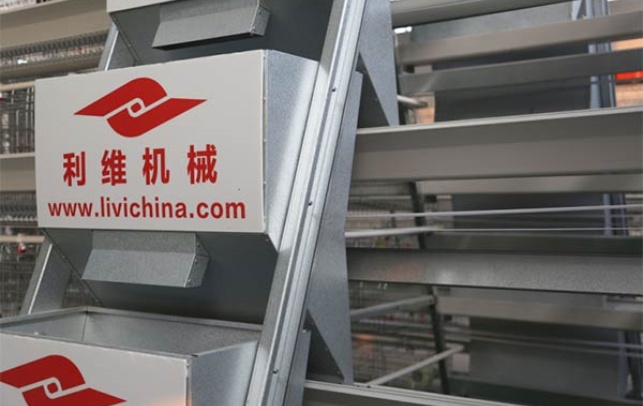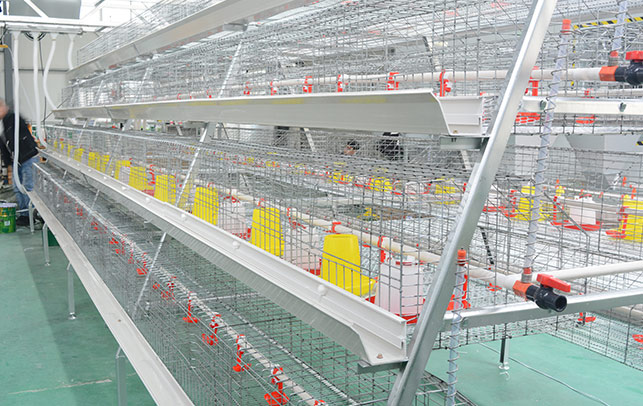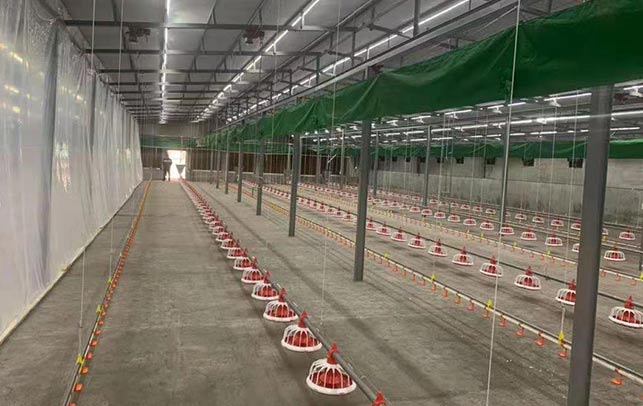Design of a 10,000-Laying-Hen Farm in Guinea
Time : 2024-10-31
Development of Laying Hen Farming in Guinea
Laying hen farming is becoming an increasingly important agricultural sector in Guinea. With a growing population and rising demand for eggs as a source of protein, the establishment of larger, more efficient laying hen farms is necessary. This growth supports not only local food security but also provides economic opportunities for farmers.
Historically, laying hen farming in Guinea has been characterized by small-scale operations. However, with advances in poultry technology and breeding, there is potential for significant expansion. The focus on developing a 10,000-laying-hen farm in Guinea can enhance productivity, streamline operations, and improve overall egg production. By implementing modern farming techniques and utilizing appropriate machinery, farmers can better meet market demands.
Design of a 10,000-Laying-Hen Farm in Guinea
The design of a 10,000-laying-hen farm in Guinea involves several critical considerations, including layout, housing, equipment, and management practices. A well-planned structure will ensure optimal conditions for the hens and maximize production efficiency.
1. Farm Layout
The layout of a 10,000-laying-hen farm in Guinea should prioritize space utilization and animal welfare. It is essential to create separate areas for different functions, such as:
- Hen Housing: A spacious and well-ventilated area is crucial for the health and comfort of the hens. Modern layer cages can help maximize space while ensuring easy access for feeding and egg collection.
- Feed Storage: Adequate storage facilities for feed are necessary to maintain quality and reduce waste. Properly designed warehouses will protect feed from pests and spoilage.
- Egg Collection Area: An efficient system for collecting eggs is vital. Consider incorporating automated systems to minimize labor and potential damage to eggs during collection.
2. Housing Design
The housing design for a 10,000-laying-hen farm in Guinea should prioritize comfort, hygiene, and safety. Common housing options include:
- Tiered Layer Cages: These cages allow for vertical stacking, maximizing space while providing adequate room for each hen. Tiered systems can also facilitate better airflow and sanitation.
- Floor Systems: If tiered cages are not feasible, consider using an open floor system. These require more space but can promote natural behavior among hens. Ensure that the flooring is designed for easy cleaning and waste management.
3. Equipment Specifications
Choosing the right equipment is crucial for the success of a 10,000-laying-hen farm in Guinea. Necessary equipment includes:
- Feeding Systems: Automated feeding systems can save time and ensure that hens receive consistent nutrition. These systems should be adjustable to accommodate different age groups and dietary needs.
- Watering Systems: Clean and fresh water is essential for laying hens. Consider installing nipple drinkers or troughs that can be easily accessed and cleaned.
- Ventilation and Climate Control: Proper ventilation is crucial to regulate temperature and humidity levels, especially in Guinea’s warm climate. Use fans, exhaust vents, and natural ventilation designs to maintain a comfortable environment for the birds.
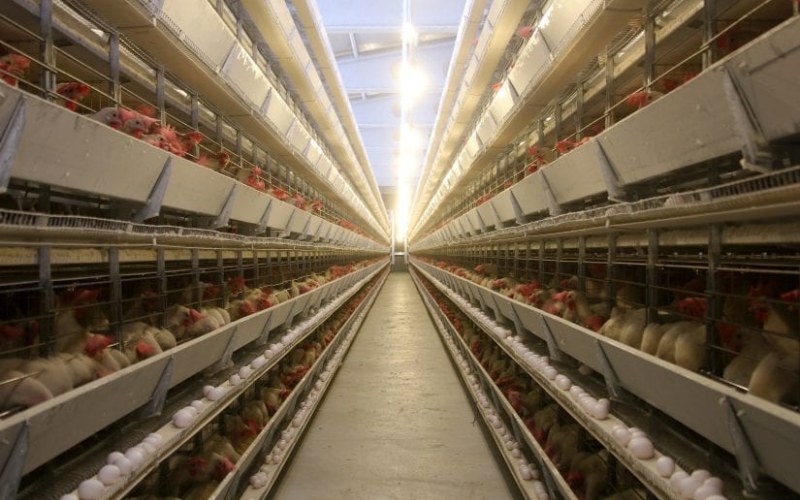
4. Biosecurity Measures
Implementing robust biosecurity measures is essential for any successful poultry operation. To protect a 10,000-laying-hen farm in Guinea from diseases, consider the following strategies:
- Controlled Access: Limit access to the farm to authorized personnel only. Implement visitor protocols to prevent the introduction of pathogens.
- Sanitation Protocols: Regular cleaning and disinfection of all equipment and housing areas will help control disease spread. Provide handwashing stations at entry points.
- Monitoring Health: Regular health checks and vaccinations are vital for maintaining a healthy flock. Work with veterinarians to develop a comprehensive health plan tailored to the specific challenges in Guinea.
Best Layer Cage Supplier in Guinea – Livi Machinery
When it comes to designing a 10,000-laying-hen farm in Guinea, choosing the right supplier for layer cages is crucial. Livi Machinery stands out as one of the best layer cage suppliers in the region. They offer high-quality, durable cages designed for optimal egg production.
Key Features of Livi Machinery’s Layer Cages:
- Space Efficiency: Their tiered layer cages maximize space utilization without compromising the hens’ living conditions.
- Easy Management: The cages are designed for simple egg collection and feed distribution, making management easier for farm operators.
- Robust Construction: Built to withstand various environmental conditions, Livi Machinery’s cages are a long-term investment for farmers.
- Support and Training: Livi Machinery provides technical support and training to ensure that farmers can maximize their operations effectively.
Conclusion
The development of a 10,000-laying-hen farm in Guinea can significantly contribute to improving local egg production and enhancing food security. By focusing on strategic design, proper housing, and selecting reliable equipment, farmers can create a productive and efficient operation. Partnering with reputable suppliers like Livi Machinery ensures that farmers have the necessary resources to succeed in this venture.






